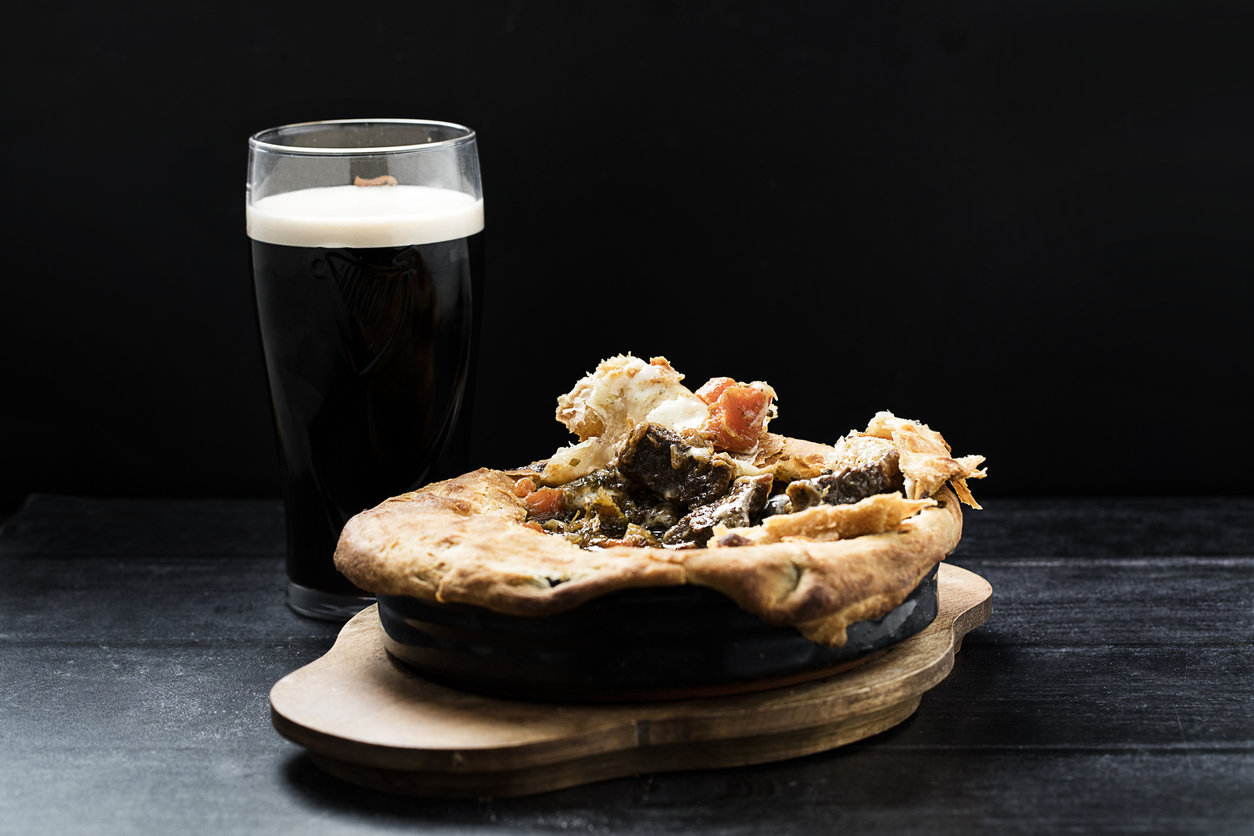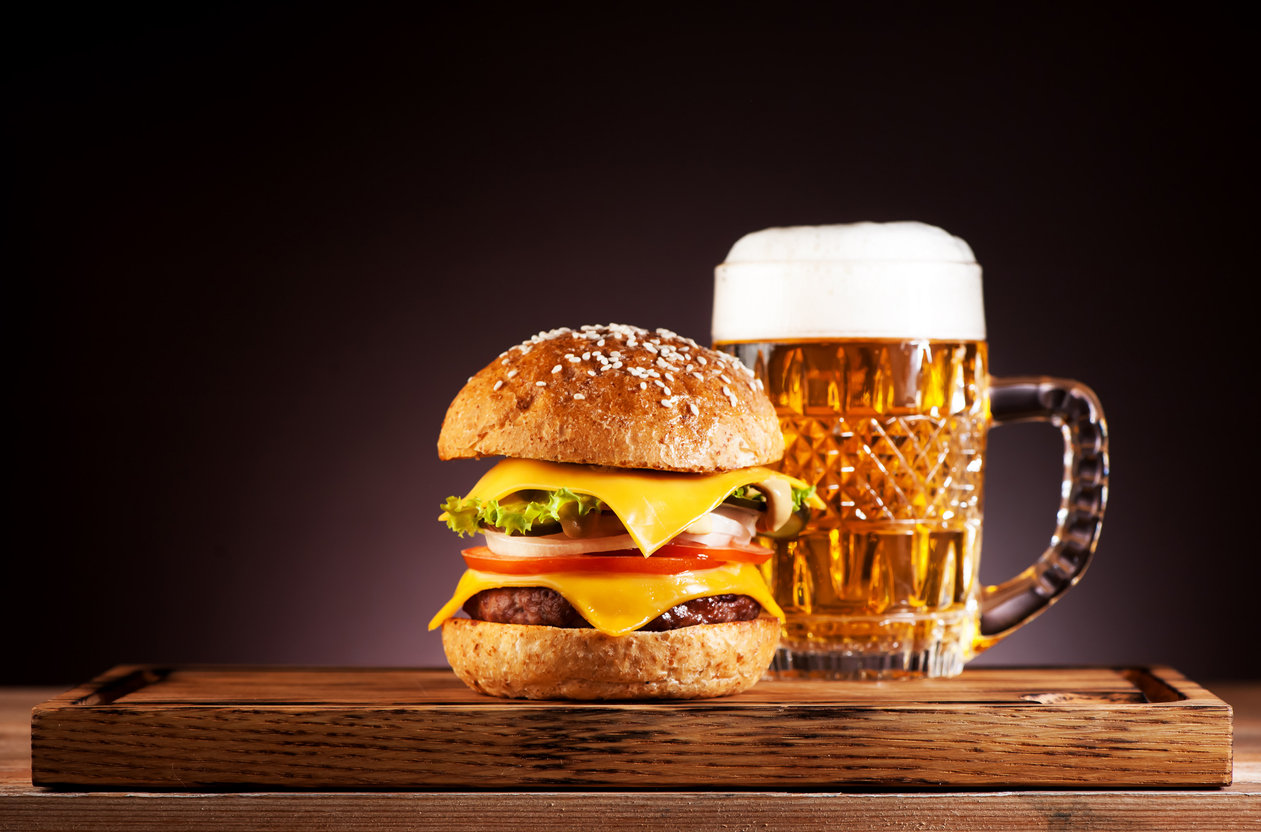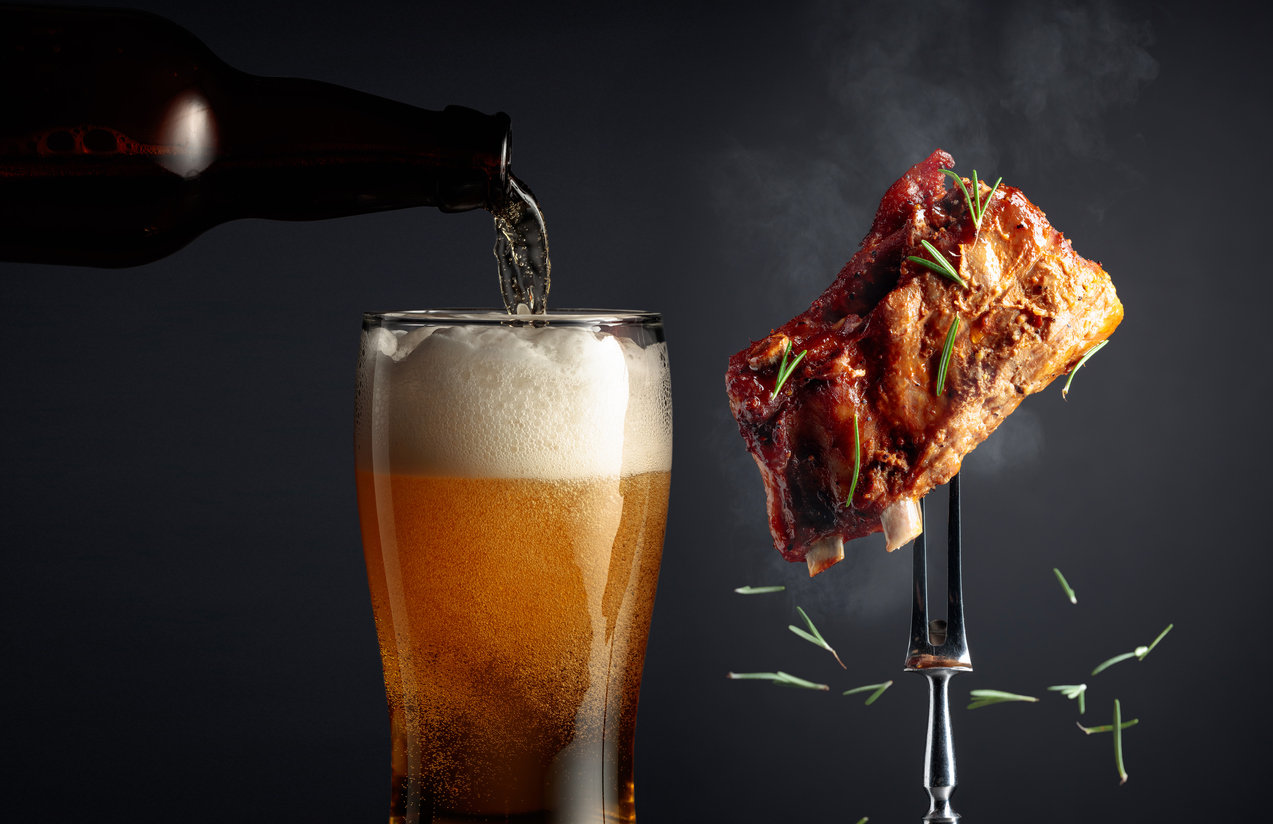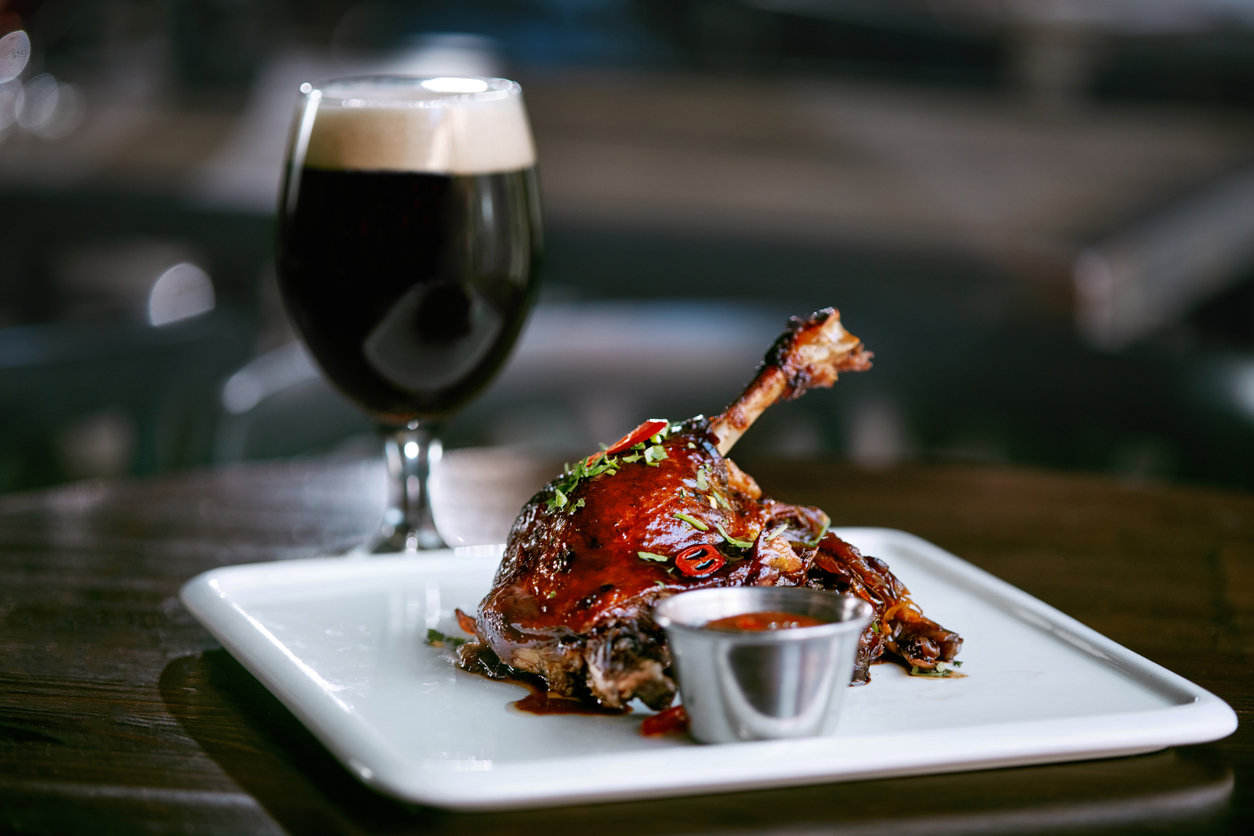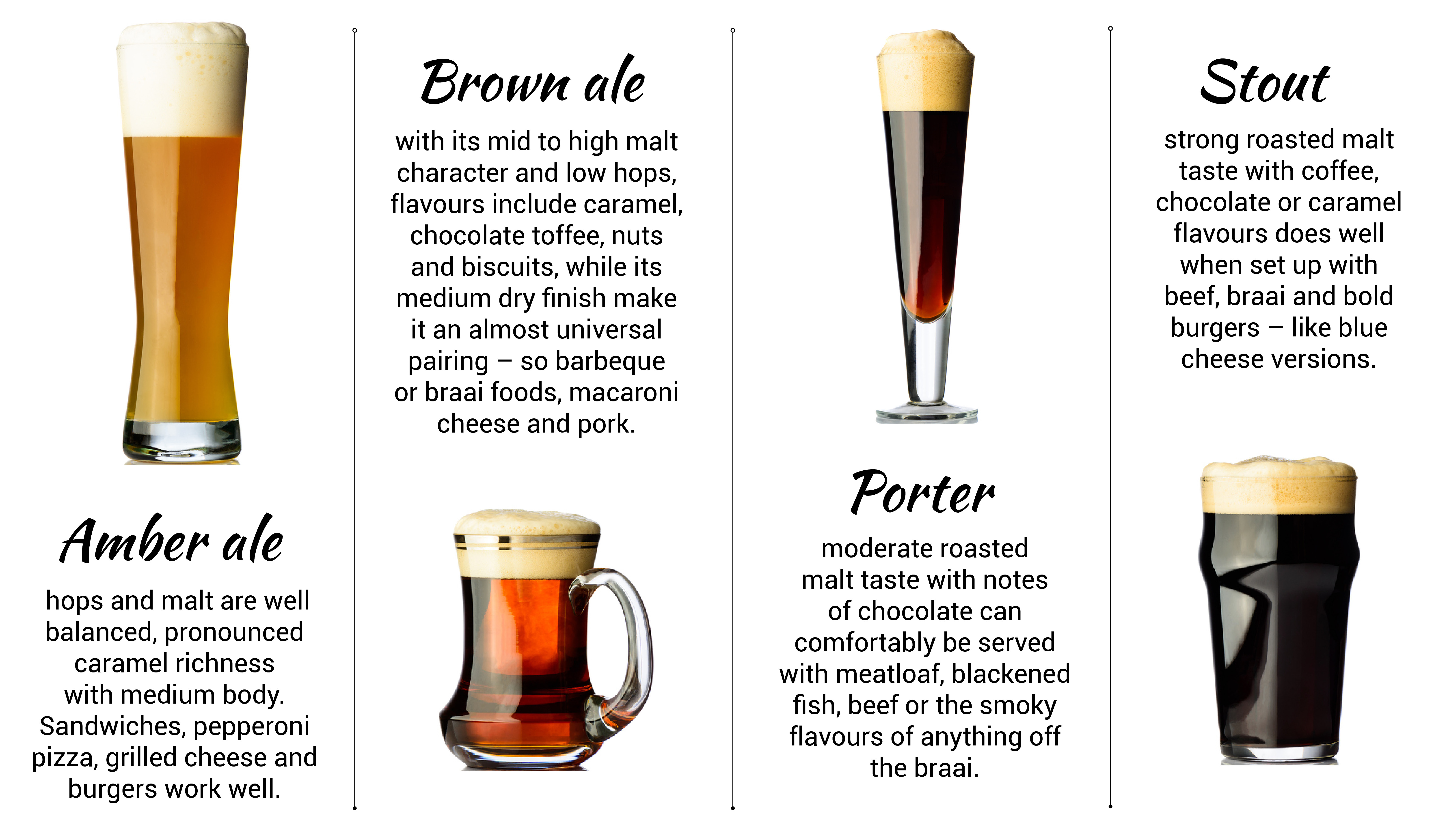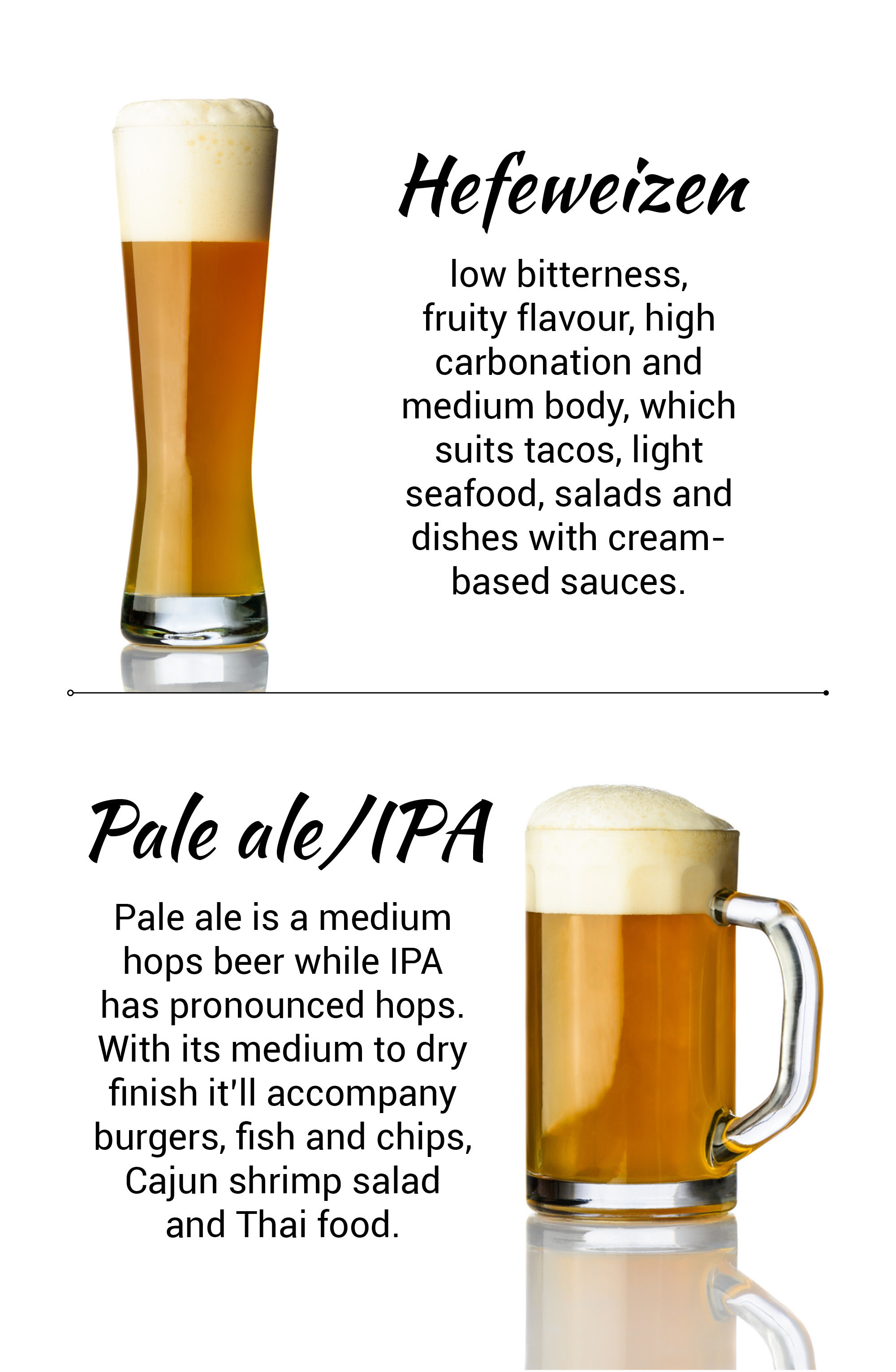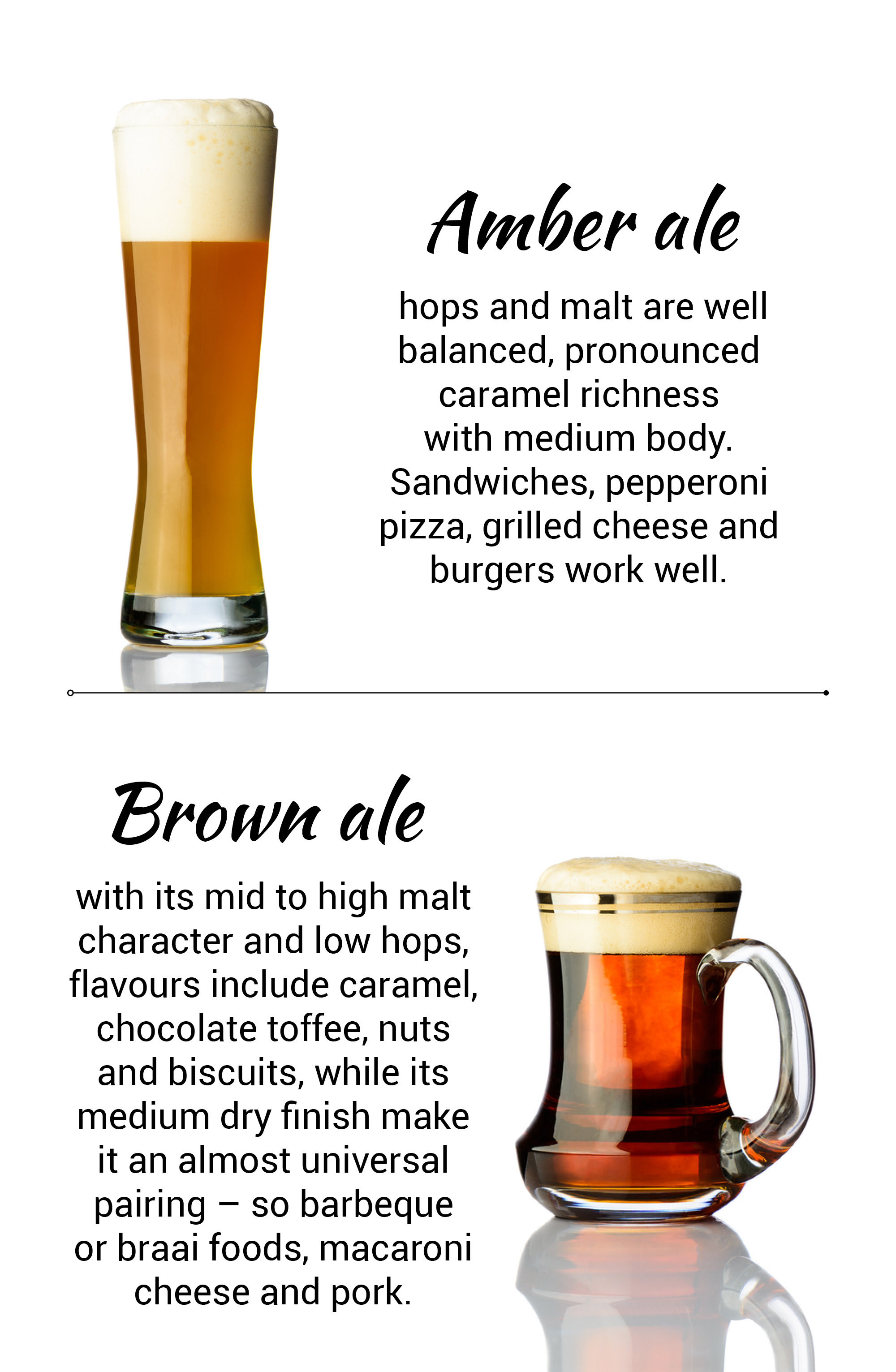CHEERS | BEER

On the
menu
Any discussion about food pairing generally puts the focus on wine. The thinking being that the variety and versatility of the beverage made from grapes can find a match for any dish, no matter how rich or subtle and light. But what about beer?

The massive growth of interest in craft beer globally has seen beer and food pairings increase in prominence over the past few years. Even the most cursory internet search will turn up a host of results. The entertainment value of YouTube videos of guys such as BrewDogs (www.brewdog.com) is great but there is no mistaking how seriously these Scottish lads take their food pairings.
After all, it’s long been acknowledged that beer is a great ingredient. It adds flavour and texture to batter, for example. Who hasn’t sat with a menu in hand on a sunny summer’s day and been enticed by the mere thought of a beer-battered hake and chips? That crisp crunch is almost on par with an ethereal tempura-battered Japanese delicacy – and both batters owe their crunchiness to the carbon dioxide bubble of beer and soda water respectively. Nor would an Irish Beef Stew or Belgian Carbonnade be the same without the contribution that Guinness or a Trappist ale make to the dish.
Yet the role that beer plays as an accompaniment to a meal is often underrated. Pizza and burgers with a brew are a no-brainer pairing. However, not all beers are suited to all food – just as wine can’t cover all the culinary bases. Over the past few decades, there has been a recognition that rules aren’t meant to be rigidly observed when it comes to this field either. So the maxim of red wine with red meat and white wine with white meat no longer applies. After all, that ignores the broad trend of eating less meat which has developed in the past 10 years alone.
The Brooklyn Brew Shop is a New York-based food startup begun by Erica Shea and Stephen Valand. Their website is an unbelievable resource for space-strapped home and craft brewers and offers kits for enthusiasts to make small batches of interesting beers. Their take on beer and food pairing are the three C’s: complement, contrast and cut. The first rule of pairing is to consider the balance of intensity of both the dish and the beer – before thinking about which of the C’s to apply.
“As with any beverage pairing, you want to make sure that neither the beer nor the food overpowers the other. For instance, you wouldn’t want to pair an intense and bitter Double IPA with something delicate and subtle, like raw fish” they point out on their website.
Complementary pairings are those in which the flavour profiles of beverage and cuisine are similar. For example, a meal with a strong coriander component would work well with a Belgian Witbier – since it is brewed with coriander and has a light spicy fruitiness to it.
Like the north and south poles of a magnet, opposites can attract – which is the logic behind the second C; contrast. As their blog states: “Take the flavours of sweet and sour – on their own, sweet and sour can both be overwhelming. Sour can pucker and create imbalance in certain tastes, whereas sweet, oftentimes overbearing and cloying, covers up more subtle flavours. But together, they balance each other out and create a new unique taste experience.” While a rich, malty stout is considered a classic pairing to a briny, clean and sweet oyster, for example, they again turn to Belgian or German Weissbier for its light, citrusy flavours.
The duo saves their best advice to the third C – cutting. "Cutting is similar to contrast but taken to the extreme. We're talking about big bold flavors or sensations when we think about cutting; like biting into a rich, fatty piece of BBQ, or scorching your tongue on a spicy pepper. Much like contrast, you want to pair those intense, extreme foods with a beer that will take it down a notch. We like cutting the spicy heat and flavors of an Indian curry with the intense hop bitterness and malt richness of an American IPA. This is a good example of meeting intensity with an equal (or greater) intensity to allow the strong flavors to mingle and compete.”
